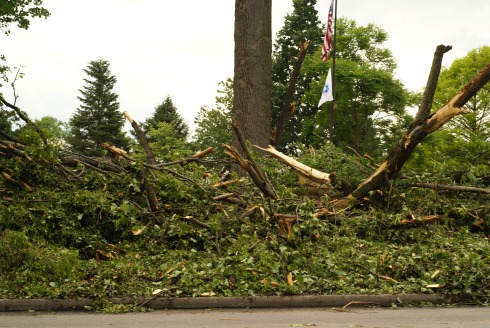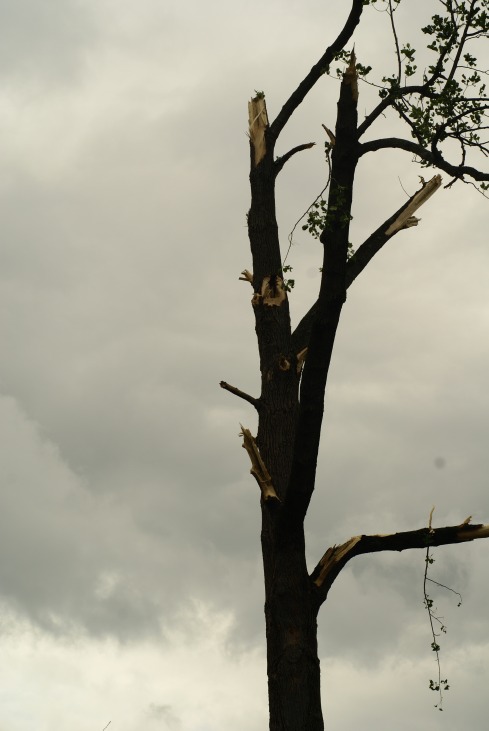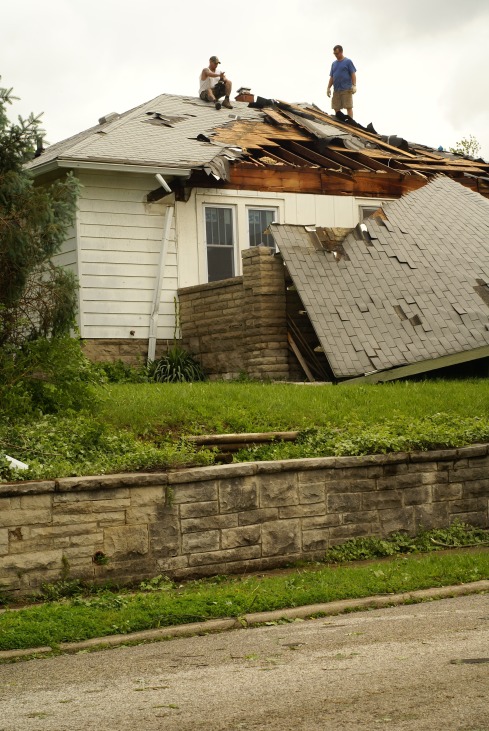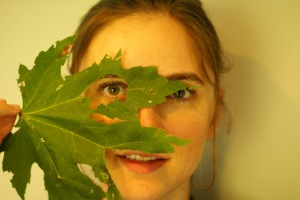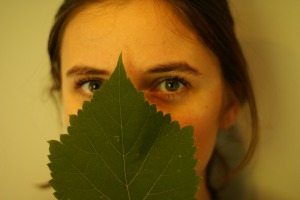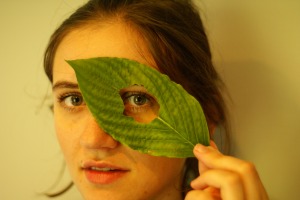SAUCES:
Once sauce ingredients are mixed, freeze in muffin tins or ice cube trays and then transfer to freezer bags.
Cilantro Pesto
2 cups fresh cilantro leaves (do not include stems)
6 tablespoons extra virgin olive oil
4 tablespoons blanched (skinless) almonds, soaked overnight with lemon and sea salt
2 teaspoons chopped, fresh garlic
3 teaspoons lime juice
1 cup shredded asiago (Parmesan or Romano can be subbed)- organic or from Switzerland
3 teaspoon sea salt
Using a blender, mix together the cilantro, olive oil, almonds, garlic, lime juice, asiago, salt on low speed for 2 minutes.
Basil pesto
- 6 Cloves Garlic
- 4 Cups Fresh Basil Leaves (or 4 handfuls)
- 6 Tbls blanched (skinless) Almonds, soaked overnight with lemon and sea salt
- 1 tsp of Sea Salt
- 1 Cup + 4Tbls Olive Oil
- 1 Cup grated Parmigiano Cheese (or Pecorino or a combo of both) organic or from Switzerland
In a blender or food processor, cover the blade with olive oil. Add the garlic and mince. Add the basil, nuts and salt and chop (if you’re using a blender you may not get this to chop, so just keep adding oil and pushing down the basil until you can get it moving). Once everything is finely chopped, drizzle in the remaining olive oil with the motor running. Mix in the cheese.
Italian Butter
8 sticks organic valley pasture butter (green package)
2 tbsp. ea- DRIED herbs- Parsley, onion, garlic, oregano, basil, thyme,
2 tsp each- black pepper, sea salt
Any additional fresh herbs can be added. Warm butter on counter and blend all ingredients in food processor.
Curry
5 tbsp garam masala
3 tsp tumeric
3 tsp coriander
3 tsp sea salt
3 tsp garlic powder
3 tsp onion powder
3 jars bionature tomato paste
4 cans of native forest original coconut milk
Blend all ingredients in blender or food processor. freeze in muffin tins
Herbed Tomato Concentrate
6 jars bionature tomato paste
1 c EV olive oil
2 tbsp. ea- DRIED Parsley, onion, garlic, oregano, basil
2 tsp. ea- red pepper, thyme, black pepper, sea salt
Blend all ingredients in blender or food processor. freeze in muffin tins.
PROTEINS:
Prepared beans
– navy, black beans, adzuki and lentils are the only beans we can eat.
-Day before: Soak beans overnight w/ filtered water, a splash of lemon, and sea salt.
-Drain and cook with organic garlic and onion.
-please leave headspace in jars for freezing
Chili
Use your own recipe with these considerations:
Day before: Soak adzukis and/or navy and/or black beans overnight w/ filtered water splash of lemon and sea salt (Do not use other beans- they are too high in lectins)
Meat options– Grassfed ground beef, bison or venison from local source.
Tom paste/tom sauce- Bionaturae
Single ingredient non-irridated spices and vegetables (excluding potatoes, corn and soy) are fine
Coconut and olive oils are the only oils we can use.
Crustless Mini Quiches
(make in muffin tins or 9 x 11 and cut in squares- transfer to freezer bag once cooled)
6-12 pastured eggs
2/3 cup to 4 cups of coconut milk (native forest) or heavy whipping cream (organic valley)
1/3 c melted butter (organic valley, slightly cooled)
1 to 3 cups meat (cooked, locally sourced, nitrate/nitrite, dextrose + maltodextrin free)
1 to 7 cups organic veggies (sauteed/softened)
1 tsp salt
1/2 tsp pepper
1 to 4 tsp other spices
butter, coconut oil or bacon grease for greasing the pan
Combine the wet ingredients (eggs/cream/whatever and spices). Grease a pie plate & put the veggies/meat in the pan. Pour the eggs over the veggies/meat. Bake at 350 for 30 to 45 min.
Shredded Chicken + Chicken Broth
We go through about 2 gallons of chicken broth a week- and would love some home made in the freezer. We usually make about 4-5 gallons at a time and use this recipe:
12- 2 qt. Jars (available at kleindorfers) Note: do not fill past freeze line!
8-10 qt. sized freezer bags
2-3 whole chickens (My family is CHLORINE sensitive- GUNTHORP CHICKEN from Bfoods does not use chlorine in processing)
Organic Veggie scraps- (please no onions or other alliums)
Filtered water to cover
Sea salt
Bay leaves
½ c apple cider vinegar
Parsley
Combine all ingredients except parsley and cook for 2 hours. Remove whole chickens, shred and cool meat and put in freezer bags. Put carcass, weird parts and skin back in stock pot and cook on low simmer for 8 + hours more. Add parsley in last hour of cooking. Strain broth from solids. Please leave enough head space in jars for freezing.
Meatballs
Freezer bags
– 3 pound of grass fed local ground beef/lamb/bison
– 3 small onions, grated or very finely chopped
– 6 tablespoon ground cumin
– 1 tablespoon paprika
– 1 1/2 teaspoon pepper
– 1 ½ teaspoon cinnamon
– 1 teaspoon ground ginger
– 1/4 teaspoon cayenne pepper
– 9 tablespoon minced fresh parsley
– 6 tablespoon minced fresh cilantro
– 3 large pastured eggs
OR
–3 pound ground turkey or chicken
–2 eggs
–2 tsp sea salt
–2 tsp ground black pepper
–2 tsp onion powder
–2 green apples, peeled and shredded
–1 cup shredded sharp cheddar (organic valley)
–1 cup dried unsweetened organic cranberries
The Directions.
In a large mixing bowl, mix the ground meat with the ingredients. I used my hands.
Make golf-ball sized meatballs, and drop them into your crockpot. I used a 8 quart crockpot, but you could use any size over 4 quart, probably. You can definitely stagger-stack the meatballs on top of each other.
Cover and cook on high for 4-5 hours, or on low for 5-9—the cooking time will depend on how many meatballs are in the crock, and the size of your machine. The more full it is, the longer it will take to cook.
I cooked 3 pounds of meatballs in a 8 quart for exactly 6 hours on high. I could have left them in a bit longer to brown the ones on the very top, but we were hungry.
Once they are browned, let them cool and package them in portions of about 12 in freezer bags.
Breakfasts and Snacks:
Banana Bread (2 small/medium loaves or 1- 9 x 13 or 2 muffin trays)
5 cups blanched almond flour, plus about 1 cup for dusting the dough if misbehaving
2 mashed organic bananas
1 teaspoon sea salt
1 teaspoon baking soda
1/2 cup organic valley butter + extra to grease pans
4 pastured eggs
1 tablespoon honey
- In a medium bowl, combine almond flour, salt and baking soda
- In a large bowl, blend together butter, eggs, banana and honey
- mix the dry ingredients into the wet until a nice dough forms
- butter baking dish and spoon dough in evenly
- Bake at 350° for 15 minutes, until lightly browned
Almond Biscuits
5 cups blanched almond flour, plus about 1 cup for dusting the dough if misbehaving
1 teaspoon sea salt
1 teaspoon baking soda
1/2 cup organic valley butter + extra to grease pans
4 pastured eggs
1 tablespoon honey
- In a medium bowl, combine almond flour, salt and baking soda
- In a large bowl, blend together butter, eggs, and honey
- mix the dry ingredients into the wet until a nice dough forms
- butter baking dish and make biscuit shaped/sized dough rounds with hand
- Bake at 350° for 15 minutes, until lightly browned on bottom edges
Pumpkin bacon chive biscuits.
1cup coconut flour
1 1/2 teaspoon baking soda
1/2 teaspoon salt
1 cup coconut oil + oil for pan
8 pastured eggs –room temp is best*
2 tablespoon apple cider vinegar
1 cup plus 4 tablespoons pumpkin or butternut puree ( if you are not making this from scratch brands that are ok include farmers market or pacific natural)- room temperature so the oil doesn’t solidify
1/2 cup organic green onions chopped or thinly sliced
1/2 cup organic shallots or onion minced
6-8 strips of nitrite/nitrate free local bacon
Directions:
Preheat oven to 350 degrees F. Grease baking sheet with coconut oil.
Using kitchen shears cut the bacon into to tiny pieces. Preheat a skillet over medium heat (I use cast iron), add the bacon and begin to cook. As the bacon begins to release the fat, add the minced shallots. Continue to cook the mixture till it begins to brown nicely and caramelize a bit. Bacon should be crispy.This could take 7-10 minutes. Remove from the pan and allow to cool.
Combine coconut flour (scoop & sweep method, not packed), baking soda and salt.
Add the coconut oil and beat till smooth. Note: This helps keep the coconut oil from hardening into little pieces later if your eggs/pumpkin happen to be cold. For best results though, let them come to room temp first. Try sticking the shelled eggs in a glass of hot water for about 3 minutes to speed up the process.
In a separate bowl combine the apple cider vinegar, pumpkin and eggs. Beat till smooth
Add the flour mixture, bacon & shallots mixture, and chives to the liquid ingredients. Mix all the ingredients until the batter becomes thick and well combined. The longer it sits the thicker it will become as is the case with coconut flour. If your eggs and/or pumpkin were cold the dough will be quite thick. This is fine.
Drop mounds of batter onto the prepared baking sheet. Use a heaping 1/8 of a cup per biscuit. Smooth and shape slightly if needed or if you’re just obsessive like me. They be nice and tall not flat. Makes 15-20 biscuits.
Bake for about 15-18 min or until slightly golden. Times will vary from oven to oven and the thickness of the biscuit. Do not over bake or they can become dry.
Allow to cool for 5-10 minutes before moving transferring from the pan.
Zucchini Spice Muffins
Makes 24 muffins
6 quart size freezer bags (4 muffins ea)
- 1 cup butter or unrefined coconut oil
- 1 cup real honey
- 1 1/2 tsp real sea salt
- dozen pasture raised eggs
- 3 tsp organic REAL vanilla extract (imitation and non-organic often uses corn)
- 1 tsp almond extract
- 1 1/2 tsp cinnamon
- 1/2 tsp nutmeg
- 4 dashes ground ginger
- 2 dashes of cloves
- 1 1/2 cup coconut flour
- 4-6 medium zucchinis (or two extra large zucchini)
- 1 cup raisins (optional)
- 1/2 tsp baking soda
- Melt butter or coconut oil in a small saucepan over low heat. Turn off heat and allow to cool slightly.
- Meanwhile, combine the eggs, salt, vanilla extract, almond extract, spices, and baking soda in a large bowl. If using an immersion blender, pulse a few times to combine. Otherwise, mix to combine with a whisk or mixer.
- Add the honey to the butter (or coconut oil) and stir slightly. Pour this mixture into the wet ingredients and blend well with immersion blender or mixer.
- Remove the ends from the zucchinis, and shred them with a box grater. There is no need to peel them before shredding.
- Measure out the coconut flour. Since coconut flour clumps readily, it will need to be sifted if you are not using an immersion blender.
- Pour the coconut flour into the bowl with the wet ingredients. Use an immersion blender or mixer to thoroughly combine all ingredients, making sure there are no lumps. (Since coconut flour does not contain gluten, there is no worry of over-mixing it).
- Fold in the shredded zucchinis and optional raisins.
- Line a muffin tin with paper cups. Scoop the muffin batter into the paper cups. I like to use a 3-Tb scoop for this, but you could just use a large spoon. The cups may be quite full if your zucchini was rather large, but this is fine.
- Bake muffins in 325 degree oven for about 40-50 minutes, until muffins are set and a toothpick inserted in the middle comes out clean.
- Cool before putting in freezer bags.
Spiced Coconut Flour Biscuits
Freezer bags
18 Tbs. coconut flour
18 Tbs. softened lard (FROM ALLEN @ market—non gmo) (or ghee or coconut oil)
6 heaping tbs. honey
6 pastured eggs
3 tsp. REAL organic vanilla extract (I’m allergic to imitation and additives in non-org)
1 1/2 tsp. ground ginger
3 tsp. cinnamon
3/4 freshly grated nutmeg
1 1/2 tsp. baking soda
2 1/2 tsp. apple cider vinegar
Preheat the oven to 350. Line 4 large baking sheets with parchement paper.
Mix together the coconut flour, lard/oil, honey, eggs, and spices. Let sit for 5 minutes; the batter will thicken slightly.
Mix in the baking soda and vinegar. Drop spoonfuls of batter onto the baking sheets. Use the back of a spoon to spread the batter into circles about 1/2” thick. The batter will not spread very much when baking.
Bake for 12-15 minutes, until moist but cooked through.
Makes about 30 small biscuits. Allow to cool before putting in freezer bags in batches of 5-6.


